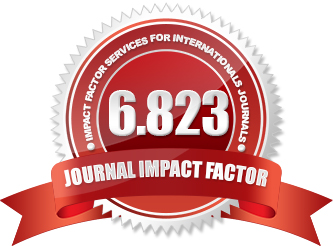The Cycle of Money with and without the Minimum Mixed Savings (Two-Dimensional Approach)
DOI:
https://doi.org/10.51699/pjcle.v3i10.816Keywords:
minimum escaped savings, cycle of moneyAbstract
This paper is about the utility of cycle of money with and without the minimum mixed savings. This means that it examines the crucial points of tax policy and public policy that are the best for the increase of consumption and investments, subject to the case that there exists minimum mixed savings and the case that there is an absence of the minimum mixed savings. It has analyzed the utility of the public sector and the utility of uncontrolled enterprises. Thence, it is plausible to extract conclusions about the utility of the cycle of money, showing the points and the behaviors of any economy when there are and when there are no minimum mixed savings. The current work examines the utility of the cycle of money with and without minimum mixed savings, focusing on non-substitute transactions by middle/small enterprises and citizens. It finds that balanced tax income impact decreases when factories, research centers, and development centers are excluded, while opposite results occur when these factors are included. The Q.E. method approach is used in the current work.





